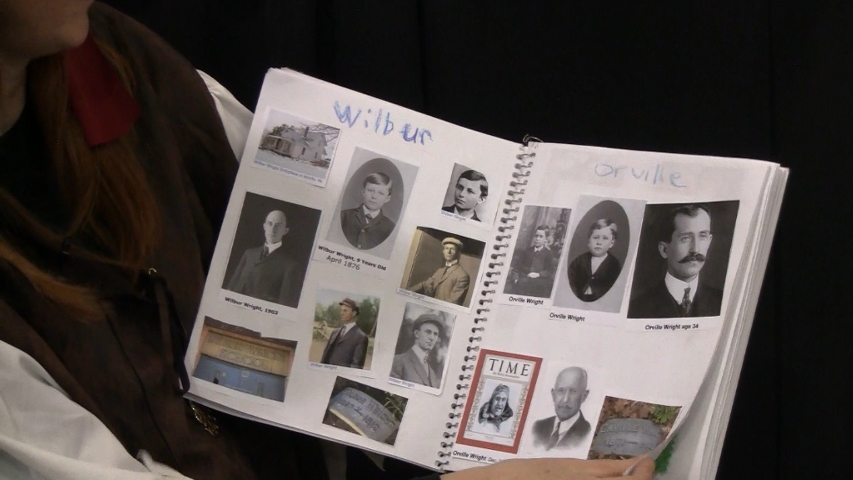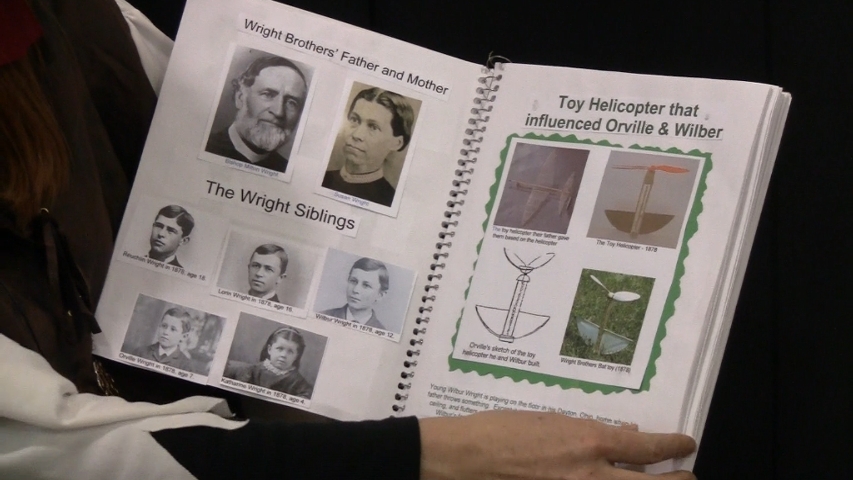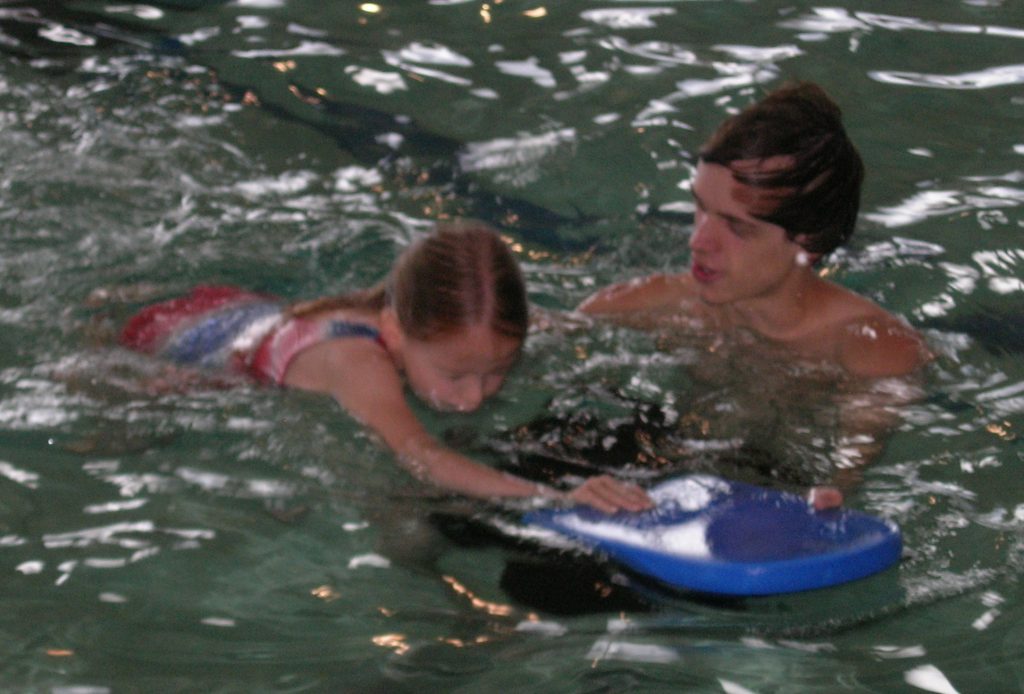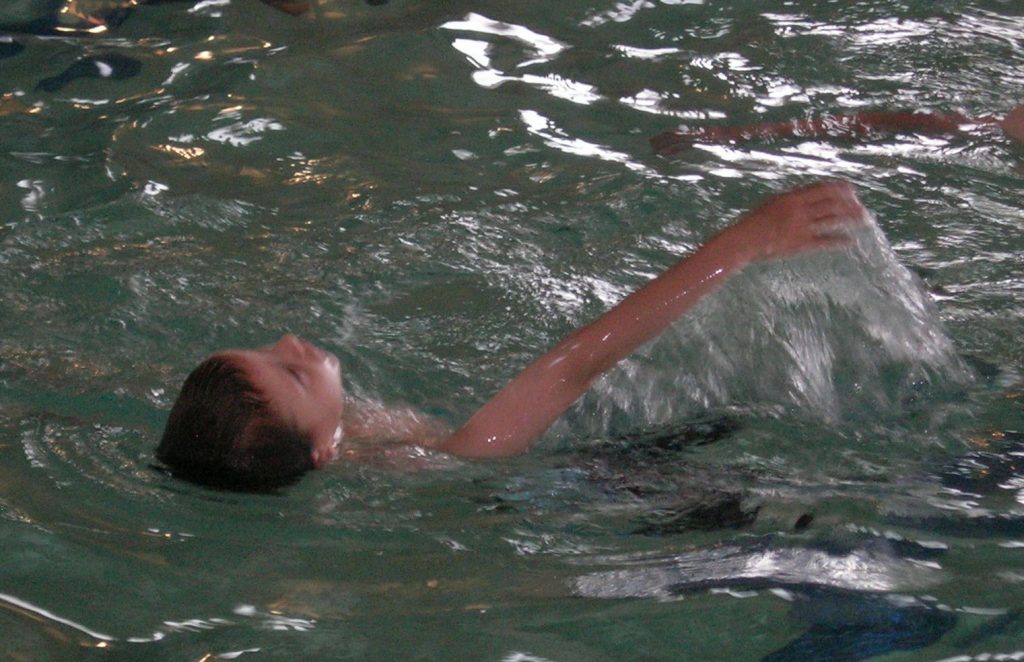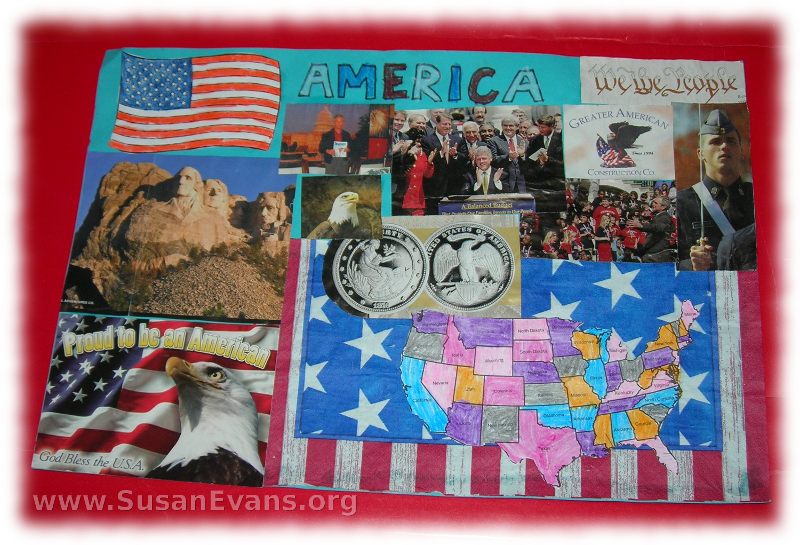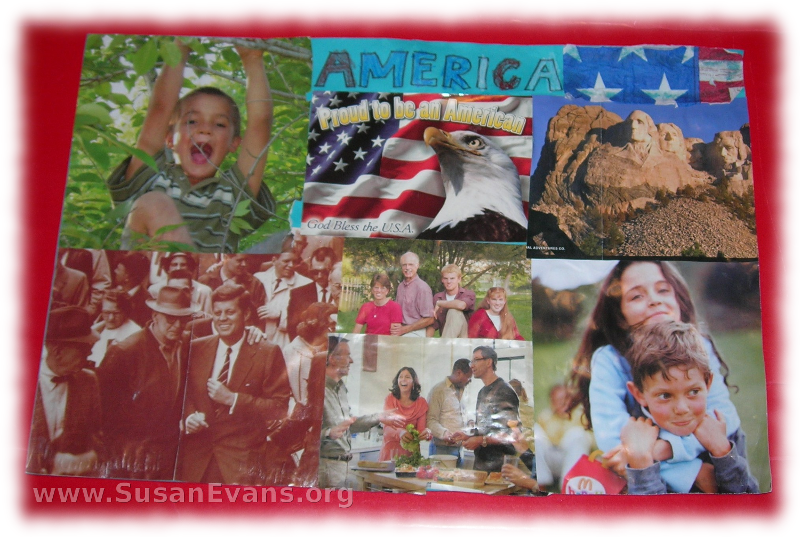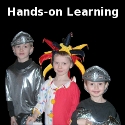This Inventors Notebook has a decorated cover with cut-out pictures that were glued to the front. Then the front was covered with packing tape to make the notebook durable. The title is prominent in bold letters, and the description was “Who, What, When, Where, and Why.” A table of contents is written on the inside cover.
This notebook has lots of pictures, writing, timelines, science, history, costumes, and hands-on activities. This was a first-grade homeschooled boy who put together this notebook. He dressed up in a bowler hat to represent life back in the 1900’s, when most inventors were inventing their hearts out. You can make some of these inventions yourself for a hands-on activity.
This family went to an art exhibit in our city. They saw life-sized Leonardo da Vinci contraptions everywhere that the kids could play with. Most of the inventions were put together with wood and canvas. The display was great! My own children enjoyed playing with the contraptions when we visited the museum.
Inventors Notebook (watch the video)
This Inventors Notebook is a great example of a project book which displayed all the ideas about inventions that this boy was learning about in his homeschooling unit study on inventors. The homeschool mom was inspired to do this Inventors Notebook with her son after taking my Journaling class at the homeschool conference last year.

